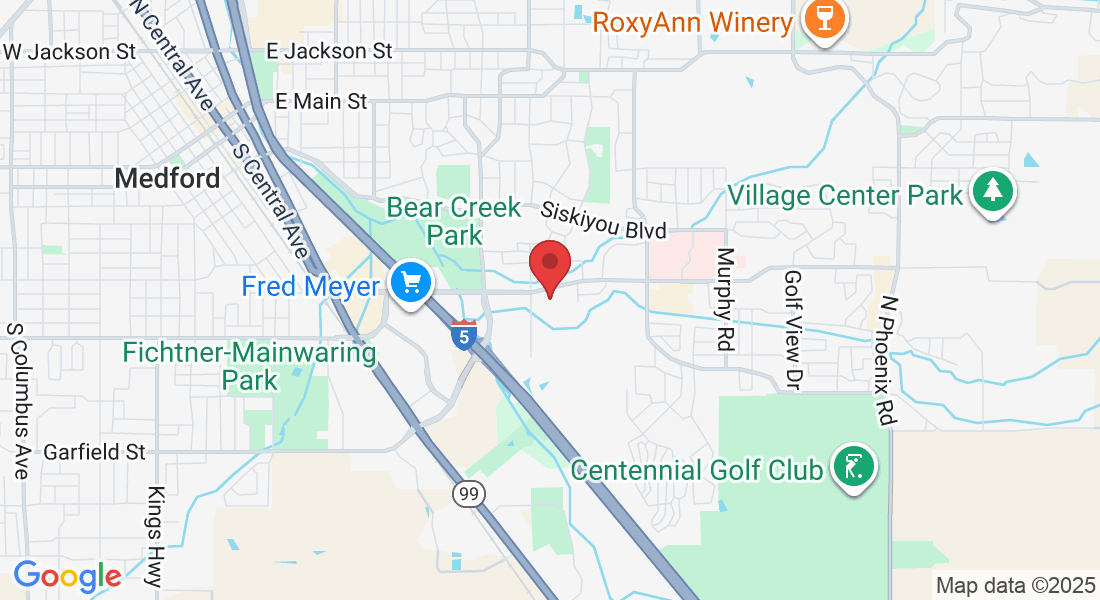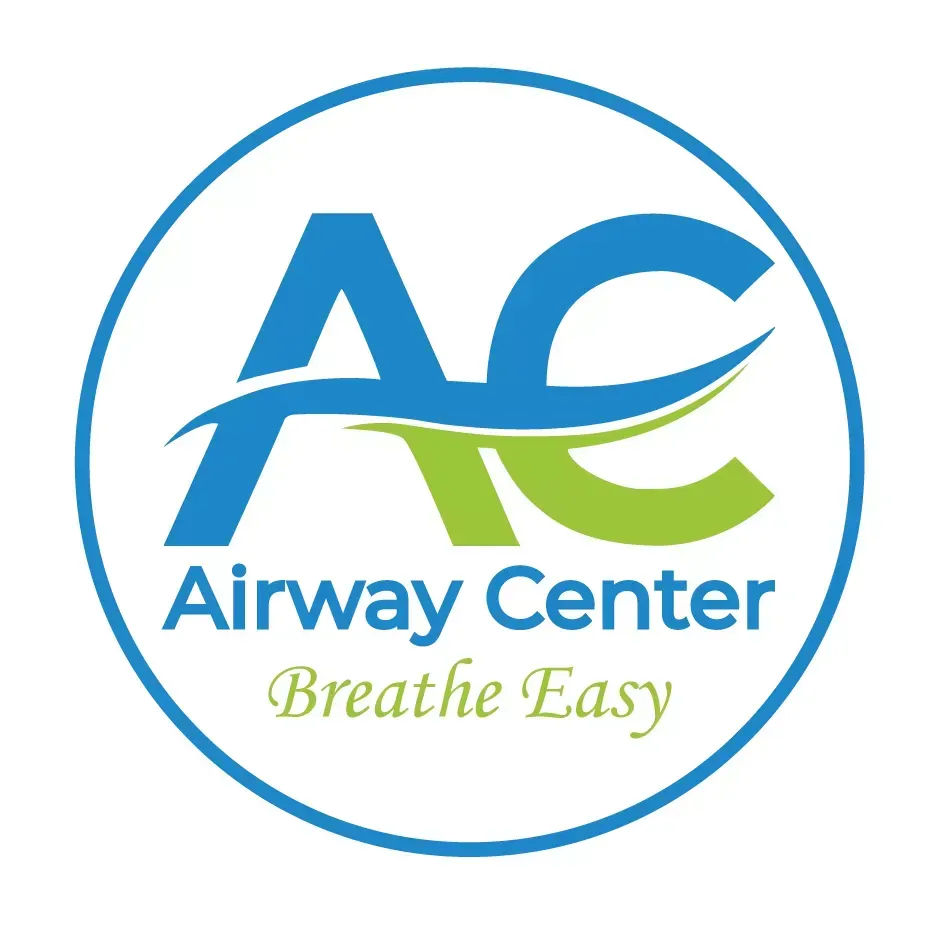Mouth Breathing
The impact of nasal breathing on children's facial, physical and emotional development
The Importance of Nasal Breathing for Children's Facial Development & Health
When babies are born, they naturally breathe through their nose while nursing. However, children with underdeveloped jaw structures often resort to mouth breathing, especially at night or during the day when they are not nursing. This shift from nasal to mouth breathing indicates a compromised airway space.
Negative Effects of Mouth Breathing
Altered Jaw Growth: Mouth breathing causes the lower jaw to grow downward instead of forward, further reducing airway space and perpetuating the need for mouth breathing.
Poor Tonie Position: A lips-apart posture results in a low tongue position, which further encourages mouth breathing and hinders proper palatal development.
Dry Oral Tissues: Breathing through the mouth dies out the oral tissues, including the gums teeth, and airway, leading to several problems such as tonsil inflammation and tonsil stones, bad breath, dry throat and difficulty swallowing, along with increased cavities and gingivitis.
Overall Health Impact
The adverse effects of airway obstruction due to mouth breathing extend beyond facial development. They significantly impact a child's mental and physical health:
Sleep Quality and Cognitive Functioning: Restricted lower airways contribute to poor sleep quality, which in turn hampers cognitive functioning and overall quality of life.
Long Term Health Concerns: Prolonged growth in an undesirable direction increases the likelihood of crowded teeth, sleep apnea, and other health issues.
Benefits of Early Treatment
Optimizing jaw growth at an early stage can substantially improve long-term health outcomes:
Enhanced Airway Space: By beginning treatment as early as 2 years old, we can guide forward growth for both the upper and lower jaws. This creates more space from the back of the tongue to the throat.
Improved Sleep and Development: Better airway space leads to improved sleep quality, enhanced development, and a healthier facial structure.
This Diagram Shows Common Facial Features Associated with Different Growth Trajectories

Below is an example of a child who transitioned from being a nose breather to a mouth breather, showing the impact on facial and airway development

Raising awareness about the detrimental impact of mouth breathing on normal facial growth is essential for ensuring the well-being of children. Early intervention can make a significant difference, promoting not only physical health but also mental and cognitive development.
Breathe Easy. Sleep Peacefully. Smile with confidence.
All logos and marks are protected per their respective companies. Copyright 2024 Doctor Nathan Tanner, DMD, LLC., AirwayCenter.com. All Rights Reserved.


